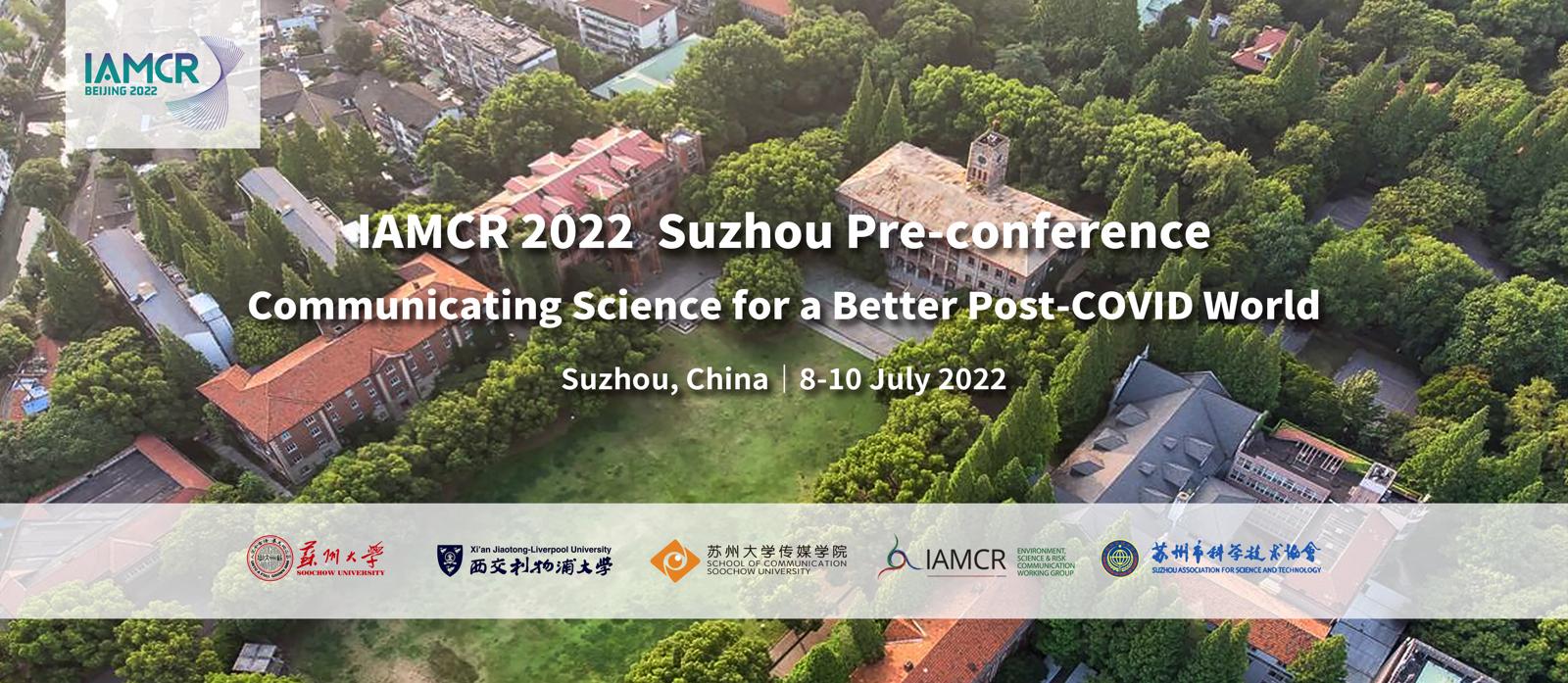Introduction
Health communication is widely considered to be a major aspect of any public health campaign. In China, strategy for rural revitalization stresses the common prosperity. Besides, the Healthy China 2030 initiative takes promoting the health education and improving the health literacy of the whole population as the primary strategic requirement. However, numerous researches shows that the health gap is aggravating between urban and rural area. The commercial agencies target more urban users who are the prime samples for personalized products development. The rural residents are ignored.
From the other perspective, making health contents and delivering through culturally appropriate media, are effective communication strategies in China. However, no comprehensive research has been conducted to analyze the success of public health campaigns that include extensive use of interpersonal communication. (Megan A,2010) Hence, the goal of the research conducted was to discuss the impact of personal contact in the success of Chinese public health initiatives.
Methods
This research was conducted semi-structured depth interviews and Participatory observation lasted more than 2 months. A random sample of forty-two (42) respondents, who played in different roles in the health campaign, was selected, including the patients with different degrees (n=24), the rural doctors (n=8), the specialist doctors (n=6), and the local CDC officials (n=4). The transcripts as well as the investigators’ records were approximately 400 thousand words. Incorporated grounded theory approach, an analysis of Endemic Arsenism Prevention health campaigns in Chinese rural area was performed, examining the communication strategies used in it.
Findings
After open coding, axial coding, selective coding, there are three foremost findings: ①Interpersonal communication is in the center of all the health communication strategies for rural residents. The effectiveness of health communication depends on organization by people, no matter whether it is dominated by government or delivered in mass media. ② Rural patients have cultural definitions for health, and it influences their cognition of the disease. The cultural definitions usually take form in interpersonal communication. ③ There is no direct influence between health cognition and actions. Rural residents appreciate more action request than illustration. According to the three findings, this research constructed a theoretical model to reveal the relationships of interpersonal communication with the other strategies of health communication in rural area.
Conclusion
It was determined that using interpersonal communication, in conjunction with other appropriate strategies, gives the highest success in Chinese rural health campaigns. To promote rural health communication and health literacy, it’s better to take the rural approaches instead of simply and blindly copy from the urban ones.

 京公网安备 11010802039275号
京公网安备 11010802039275号